- Learning time
- 20 minutes
- First play time
- 60 minutes
Sumatra
Designed by: Reiner Knizia
In Sumatra, players explore the titular island and hope to come back the best explorer, as evidenced by their ‘notebooks’. Each player has such a notebook in front of them, but you don’t need a pencil: instead your discoveries and memories are tracked by picking up a series of tiles.
The central board is the island itself and essentially functions as a round tracker: there are 16 such rounds, each represented by a location on the path the players all travel together. At each new location, a series of tiles will be revealed and everyone takes turns picking them up, one at a time, and adding them to the rows in their notebooks. The tiles will all score in slightly different ways…
Inhabitabts: the player with the most inhabitants tiles scores 5 points, plus 5 points per (stacked) inhabitant tile at the end of their row. The player with the fewest loses 5 points.
Animals and plants: these only score in pairs, and you score the value of the most valuable tile.
Wifi and GPS: these also function in pairs – they don’t score but can access extra tiles from the ‘known information’ area: some tiles are placed here at the start of the game, and if players move on from a location leaving tiles behind, these are added to the known information area as well.
Villages: 5 points per hut, as long as you have more Wifi/GPS pairings.
Volcanoes and Backpacks: 5 points per volcano, but only if you have three matching backpacks. Backpacks also score in sets of three. If you have a volcano tile without the matching set of backpacks, you lose five points!
The game is essentially a long sequence of tile collection, but there’s a seam of interference here – not only in the taking of tiles others want (you can even dump them!) but in when someone moves on to the next location. They can choose to do so even whilst tiles are still available at the current one, as long as none of them are people tiles. If your turn rolls around and you’ve moved on already, then the guide piece moves on to join you, and new tiles are revealed: you’ll have first choice!
Lastly, there are brown reward tiles that can be claimed for the first player to do x: collect three plants, meet three inhabitants and so on, and there are green reward tiles that can be claimed for diversity: having various different tiles rather than a number of the same kind.
The guru's verdict
-
Take That!
Take That!
More than you might expect. While it's not the game's predominant feature, there are both inadvertent and deliberate moments of peskiness.
-
Fidget Factor!
Fidget Factor!
Nothing too onerous.
-
Brain Burn!
Brain Burn!
The game offers you various avenues of pursuit - both on your board in terms of scoring, and the pace with which you hurtle - or stroll - around the island.
-
Again Again!
Again Again!
The variety is of the puzzling kind, and if you enjoy the brinkmanship and micro-strategizing of assembling the tiles the first time, there's enough randomness in each play to give the same flavour

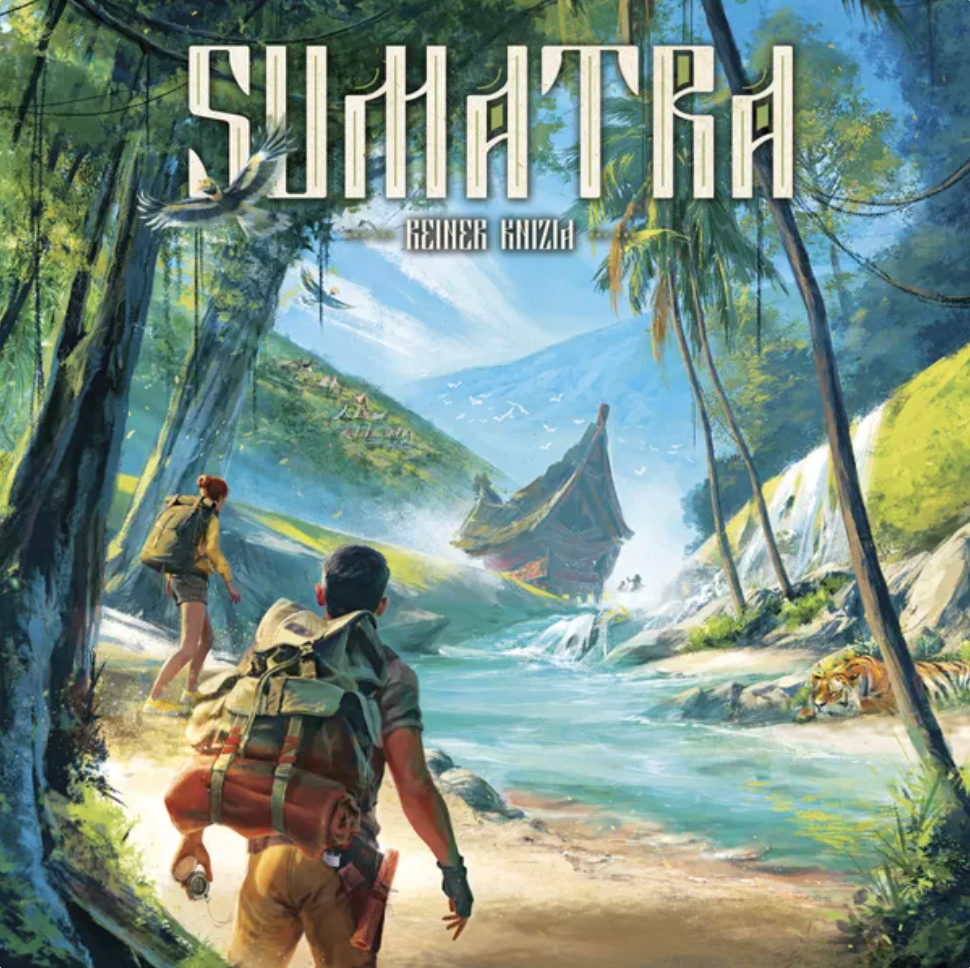
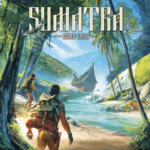
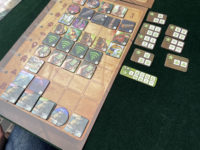
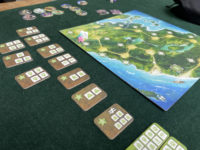
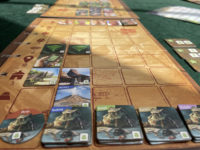
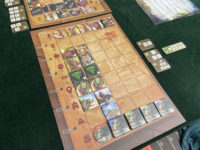


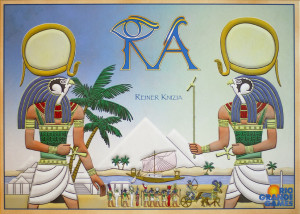
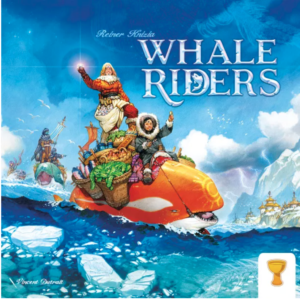

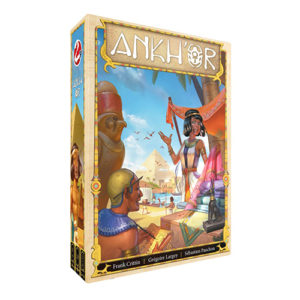
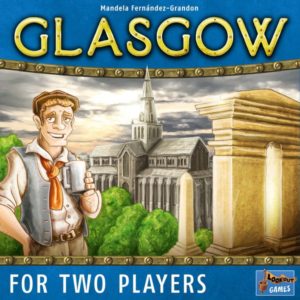
Sam says
At first glance Sumatra can appear hugely mechanical - and it kind of is, really. It doesn't feel that exploratory, more an avalanche of collection. But as we have come to expect from designer Reiner Knizia, there's more here than meets the eye. More tiles feels good: literally good to pick up and add to your notebook, and seemingly good because in a game of tile-collection, you want the most tiles, right? Well, yes and no. Sumatra asks you to steer a shrewd path between more and better: it's possible to win the game with the fewest tiles if you're canny in how you go about your business: what you leave behind as well as what you take, when you move on up the path and when you might linger. A spiritual successor to his earlier game Ra, and continuing Knizia's longstanding design aesthetic of less rules/deeper decisions, Sumatra is deeper than it first seems. On the other hand, having said all that it does feel to me very procedural; with the whole game playing out a protracted, elaborate scoring system in real time. That's what Ra does as well, but Ra's auctions and luck-pushing feel much more fun to me, and Sumatra's move-and-stop harvesting of stuff just nowhere near as engaging.